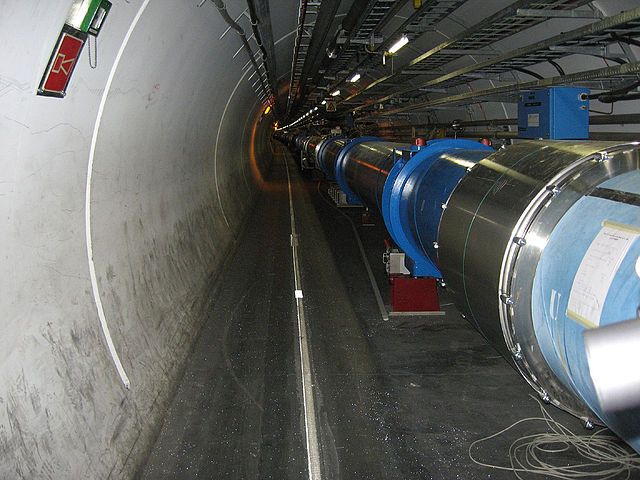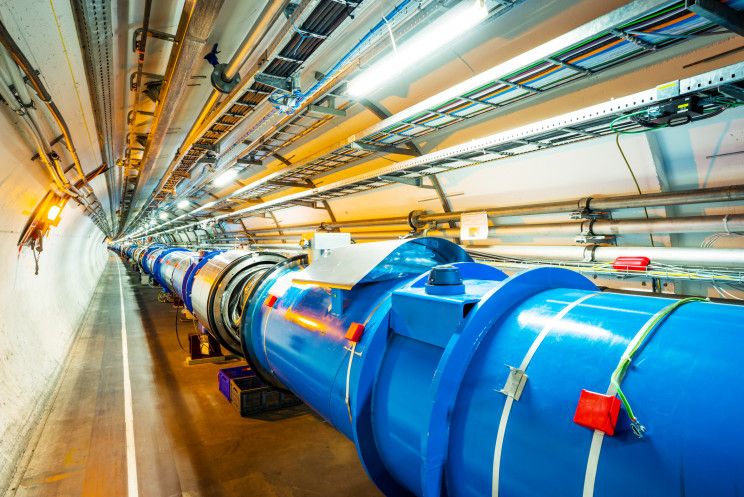Fired up on April 22 after a three-year break for maintenance and upgrade work, the Large Hadron Collider (LHC) broke its own 2015 record as the European Organization for Nuclear Research (CERN) announced two proton beams had been circulated at 450 billion electronvolts overnight.
Head of CERN’s beams department Dr Rhodri Jones said his team was excited by the Collider’s energy possibilities.
“These beams circulated at injection energy and contained a relatively small number of protons,” he said.
“High-intensity, high-energy collisions are a couple of months away.
“But first beams represent the successful restart of the accelerator after all the hard work of the long shutdown.”
The LHC is 27 kilometres long and ring-shaped, consisting of superconducting magnets and several accelerating structures.

“The machines and facilities underwent major upgrades during the second long shutdown of CERN’s accelerator complex,” he said.
“The LHC itself has undergone an extensive consolidation program and will now operate at an even higher energy and, thanks to major improvements in the injector complex, it will deliver significantly more data to the upgraded LHC experiments.”
The beams that circulated overnight are expected to provide the basis for four years of statistical analysis and data-taking.
The team overseeing the LHC will continue to work around the clock the get the machine ready to ramp up to 13.6 trillion TeV, energy numbers that are simply unheard of.
First started in September 2008, the particle accelerator has an esteemed place in the science lexicon, being directly referenced on numerous occasions in popular American sitcom The Big Bang Theory, even having a 2010 episode named after it – “The Large Hadron Collision”.






